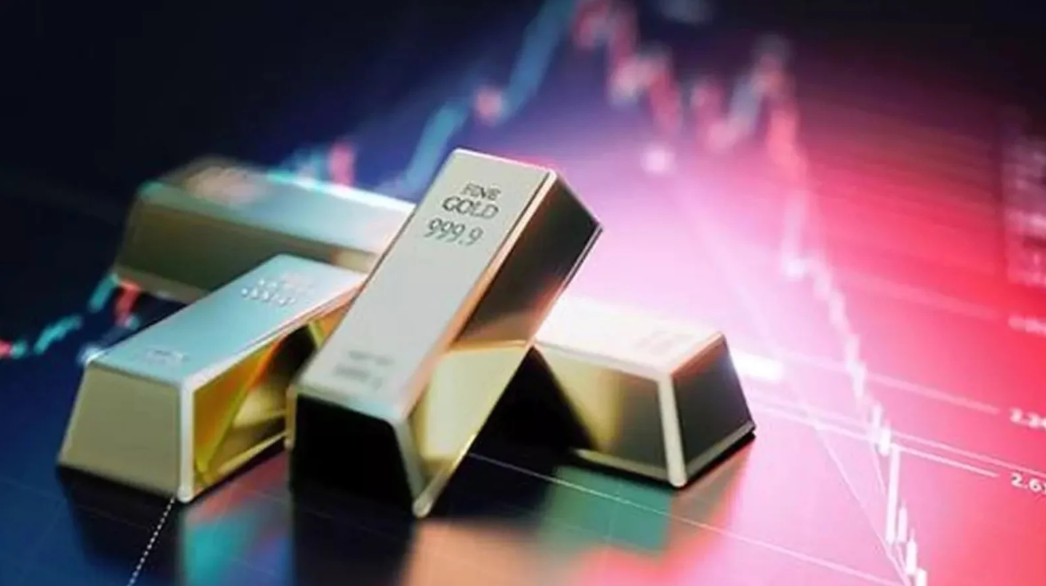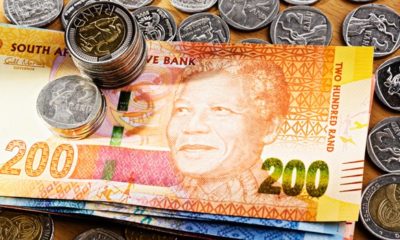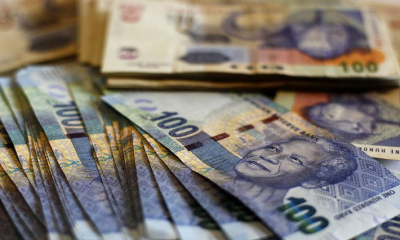Business
Why Gold Prices Are Soaring Amid Global Economic Uncertainty

Gold is shining brighter than ever in 2025 — and it’s not just because of the metal’s natural luster. A perfect storm of global economic uncertainty, shifting investment strategies, and surging demand from powerhouse economies like India and China has driven gold prices to historic highs.
By the end of April, gold surged past $3,500 per ounce, setting a new record. Although prices dipped slightly afterward, they quickly rebounded, with gold trading at $3,326 per ounce on Friday — a 0.67% increase in a single morning. Forecasts are bullish, with Goldman Sachs predicting a year-end price of $3,700 per ounce, according to Reuters.
A New Investor Mindset Amid Global Uncertainty
“Investor sentiment is realigning,” says Casey Sprake, economist at Anchor Capital. With slowing GDP growth in the U.S. and wider economic turbulence, gold is becoming more than just a commodity — it’s a financial safe haven and a barometer of fear and opportunity.
“This convergence of consumer demand, central bank accumulation, and macroeconomic instability is driving structural and cyclical shifts in the gold market,” Sprake explains.
In short: when the world worries, gold wins.
The India and China Factor
India and China, the world’s largest gold markets, are playing a massive role in this surge. India, for example, is in the midst of heightened geopolitical tension with Pakistan. But its demand for gold goes far beyond politics — it’s cultural.
In 2023, India consumed 50 times more gold than it produced, mainly for jewellery. “Gold in India is deeply tied to cultural identity, religion, and wealth preservation,” Sprake notes. Hindu and Jain communities, in particular, consider gold essential in both rituals and long-term savings.
India’s gold reserves also rose to 879.60 tonnes in Q1 2025, up from 876.20 tonnes at the end of 2024, showing continued commitment to stockpiling the precious metal.
China, meanwhile, is following a more strategic path. With a growing emphasis on diversification away from the US dollar, the People’s Bank of China has added 316 tonnes of gold to its reserves since 2022. This move helps hedge against inflation, manage currency risk, and reduce dependency on Western financial systems.
What It Means for South Africa
Although South Africa’s gold production has waned over the years, its mining stocks still benefit. According to Dr Azar Jammine, director and chief economist at Econometrix, South Africa’s reputation as a gold-producing country — even if somewhat outdated — keeps investor attention on its mining sector when prices soar.
Higher global prices mean better margins for miners, potentially lifting shares of local producers and supporting the broader economy.
If current trends continue, gold will remain a key asset class through 2025 and beyond. Central banks are buying, consumers are spending, and investors are seeking refuge from volatile equity and currency markets.
“In a world filled with uncertainty, gold’s role as a stabilizer is more pronounced than ever,” Sprake says. With economic turbulence far from over, the yellow metal could soon break even more records.
Gold Price Surge Sparks New Wave of Mining Investment in South Africa
{Source: IOL}
Follow Joburg ETC on Facebook, Twitter , TikTok and Instagram
For more News in Johannesburg, visit joburgetc.com



























